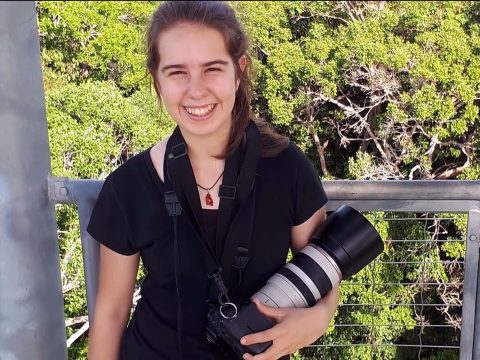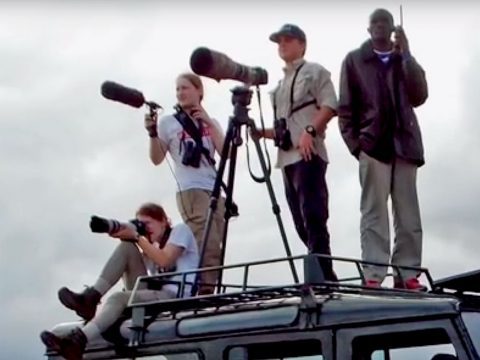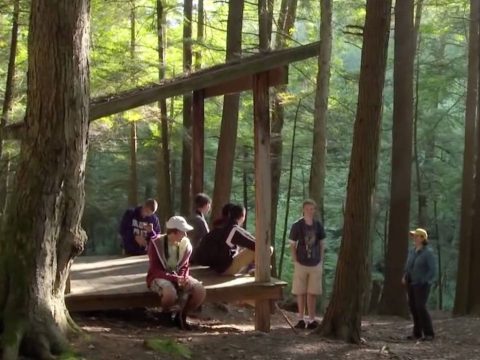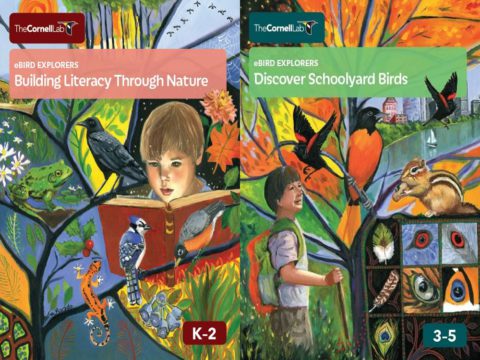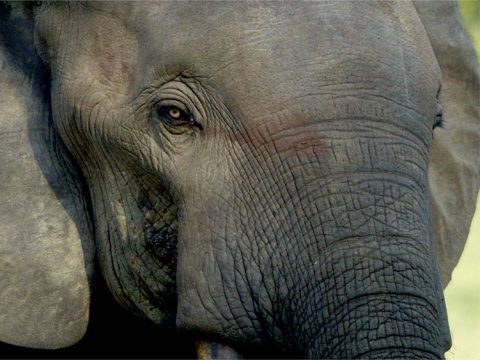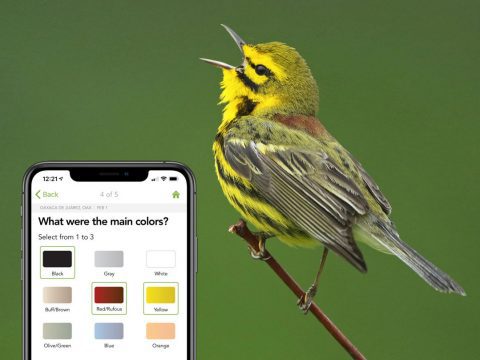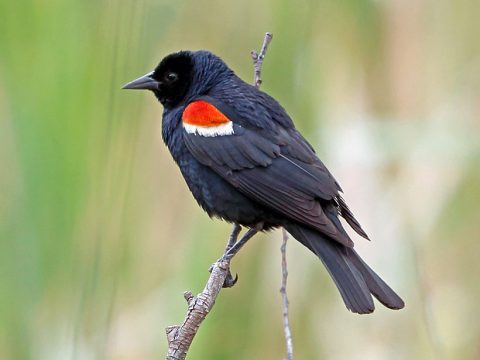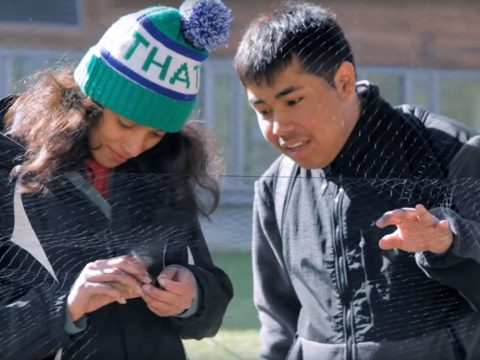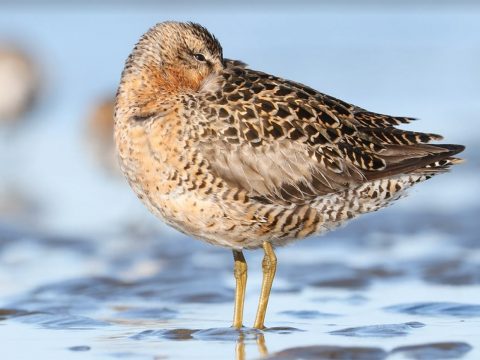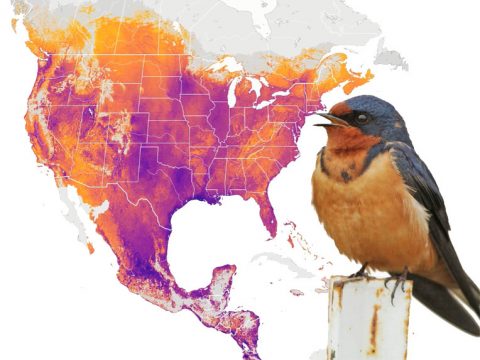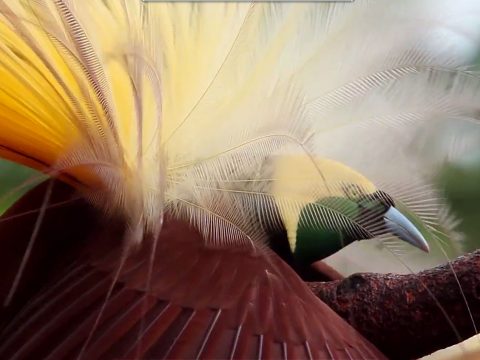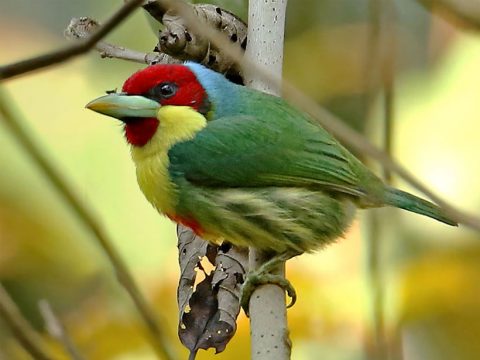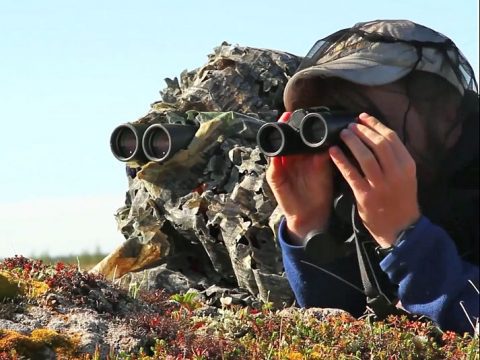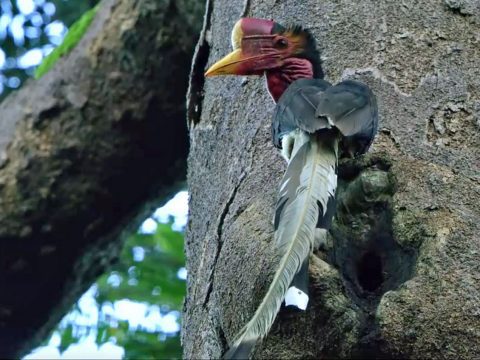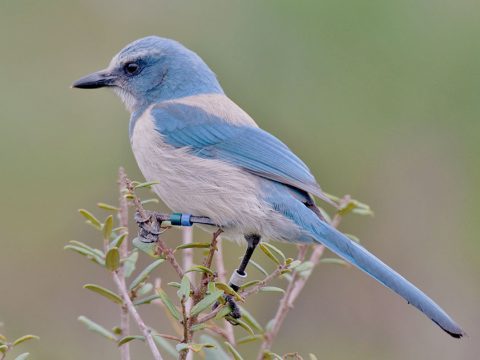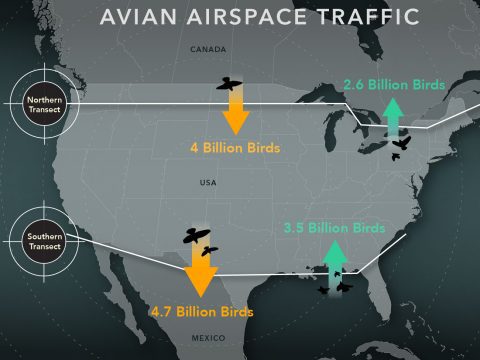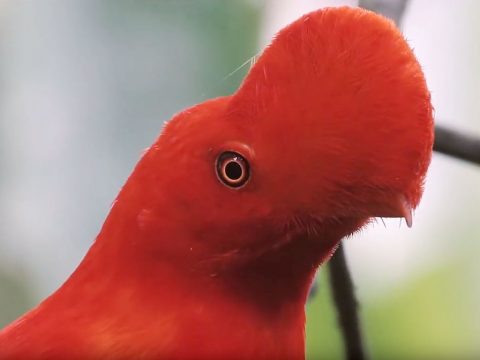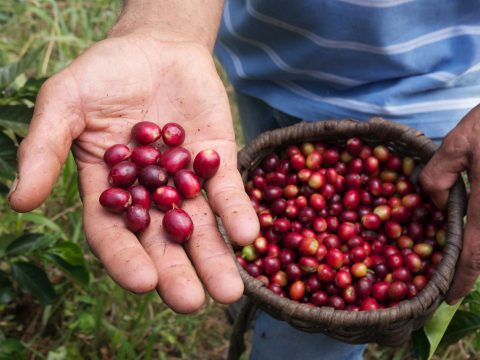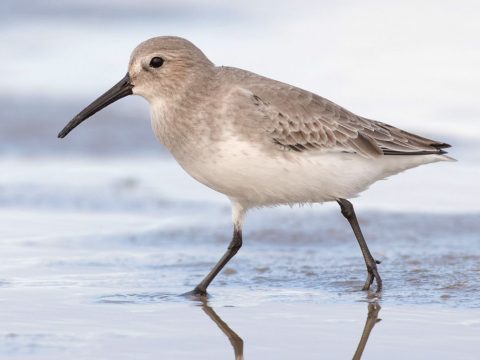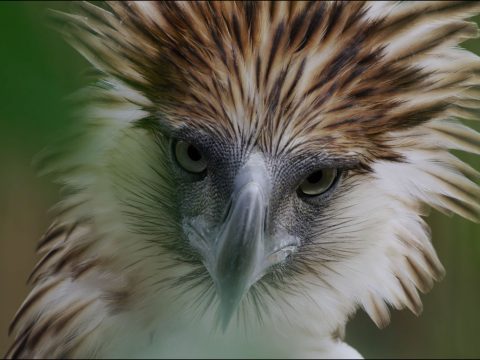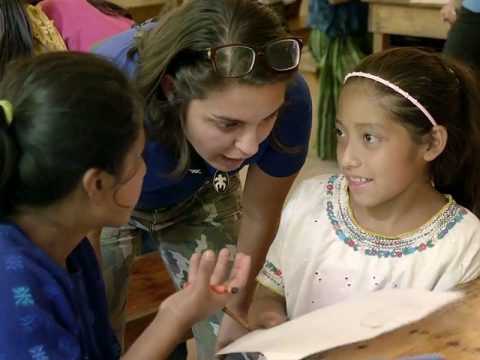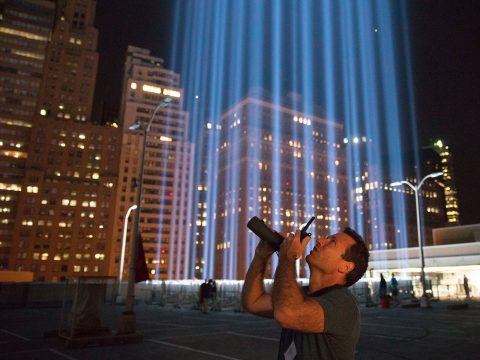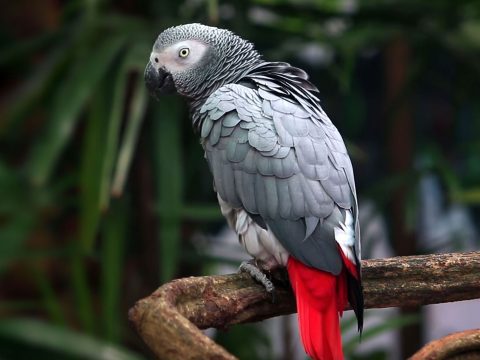Meet The Young Birders, Our Next Generation of Science and Conservation Leaders
ANDY JOHNSON, ORNITHOLOGIST: Right now, along with a few biologists working to monitor bird life, we are the only five people on St. Matthew Island in Alaska. It’s 200 miles north of the next closest island, isolated in the middle of the Bering Sea. By some measures it’s the most remote wilderness in North America.
JOHNSON: We’re on a month-long assignment to film the Mackay’s Bunting for the first time. It’s a snow-white songbird that nests nowhere else on earth
JOHNSON: We found them breeding in upland parts of the interior of the island, where fields of volcanic talus provide plenty of rock crevices for them to nest. Some were also nesting on cliffs along the coast, overlooking the Bering Sea. It’s amazing to see such a rare bird inhabit most of this island. I’m struggling to really process how lucky I am to be here at all. It’s pristine. Black cobblestone beaches, wild landslides turning over ancient soils and tundra ridgelines to see what’s beyond them.
JOHNSON: We’ve been filming nesting Pribilof Rock Sandpipers and watching them herd downy young across sedge valleys just hours after they’ve hatched from their nests.
JOHNSON: We’ve set up a blind in the middle of a colony of Crested and Least Auklets and I’m surrounded by the sounds of their laughing and croaking calls.
JOHNSON: These remote islands are safe havens for breeding seabirds. They’re places where they can find protection and build nests in the rock crevices and ledges, while staying close to these incredibly nutrient-rich waters that allow them to rear young.
JOHNSON: Even as a young kid I knew I wanted to work with birds, but working in wildlife and conservation film was never on my radar before the young birders event at the Cornell Lab. For me being a student at that first young birders event in 2009 is what really opened my eyes to that opportunity. That event really showed me a meaningful way that I could use my passion for birds and my interest to contribute to their protection. It sort of became the dream job that I never knew was even an option, and I’m really grateful for that.
End of Transcript
Watch this video to join Andy Johnson as for the first time he tells the first story about the incredible birdlife he filmed on the remote St. Matthew Island in Alaska. Ten years ago, he was a high-school student attending our very first Young Birders Event. Now he’s a filmmaker in our Conservation Media program.
For 10 years, the Cornell Lab of Ornithology has hosted the Young Birders Event—a four-day immersive learning experience for high school students with a passion for birds and an interest in bird-related careers. With support from sponsor ZEISS Birding and donors like you, students from around the world have attended the event, including from the U.S., China, United Kingdom, India, the Bahamas, and Brazil. Several have gone on to become leading early-career scientists.
One Young Birder, 16-year-old Lorena Patrício, has ticked nearly 1,000 species on her life list, submitted more than 300 checklists to eBird, and coauthored a field guide to the birds of her neighborhood in Brazil using her own photos and illustrations. Another, Sarah Toner, attended the Young Birder event five years ago. Since then, as a Cornell student, she has conducted research on birds, written for Living Bird magazine, and traveled on an expedition to record wildlife in Kenya for the Lab’s Macaulay Library.
By nurturing passionate and talented young birders, you make dreams possible—and create the next generation of scientists and conservationists dedicated to protecting birds.
More Stories
 Conservation in ActionHow We Use Sound to Help Protect Elephants from Poaching
Conservation in ActionHow We Use Sound to Help Protect Elephants from Poaching Conservation in ActionCalifornia Protects Tricolored Blackbird After eBird Data Help Show 34% Decline
Conservation in ActionCalifornia Protects Tricolored Blackbird After eBird Data Help Show 34% Decline Conservation in ActionCoastal Solutions: Building a Bold New Community to Address the Shorebird Crisis
Conservation in ActionCoastal Solutions: Building a Bold New Community to Address the Shorebird Crisis Conservation MediaBirds-of-Paradise Help Inspire Conservation of Forests in West Papua
Conservation MediaBirds-of-Paradise Help Inspire Conservation of Forests in West Papua Conservation in ActionHow Can a Great Cup of Coffee Support Birds, Farmers, and Local Communities?
Conservation in ActionHow Can a Great Cup of Coffee Support Birds, Farmers, and Local Communities? Conservation MediaHow Can We Change Hearts and Minds to Save Wild Parrots?
Conservation MediaHow Can We Change Hearts and Minds to Save Wild Parrots?
Join Our Email List
The Cornell Lab will send you updates about birds, birding, and opportunities to help bird conservation. Sign up for email and don’t miss a thing!
Golden-cheeked Warbler by Bryan Calk/Macaulay Library

